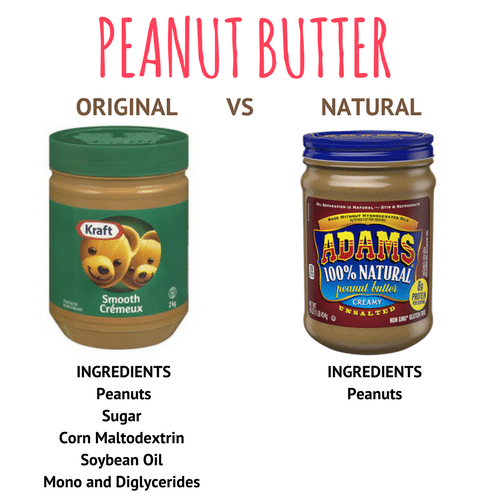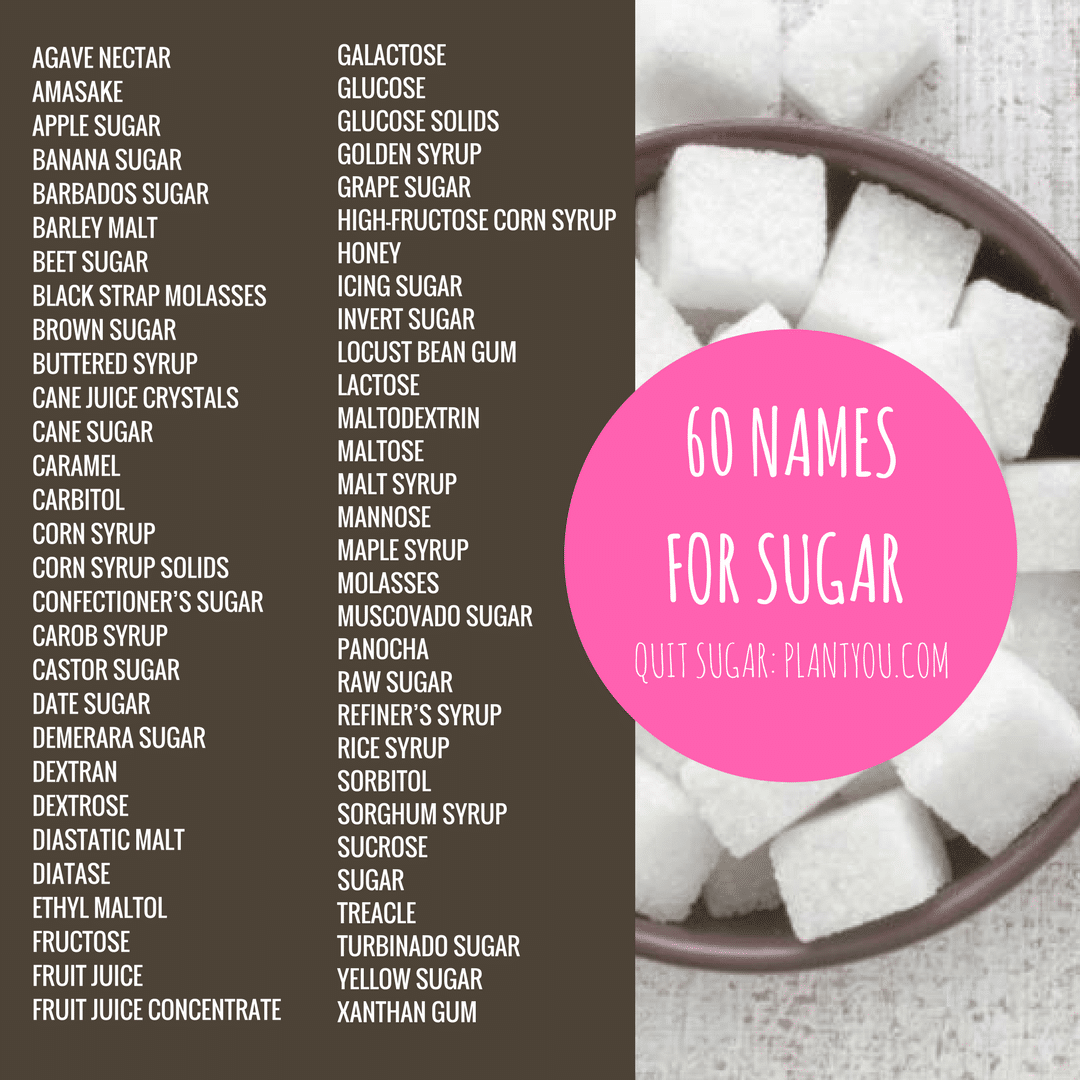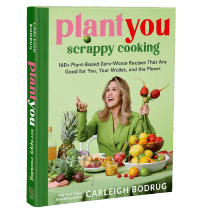Why Reading Food Labels Is One Of The Most Important Things You Can Do For Your Health
Read your food labels.
This is the number one tip I give people who are starting a plant-based diet, or are just interested in leading a healthier lifestyle.
When you’re rushing through the supermarket, trying to tick off items on your long grocery list, it’s easy to just want to grab-and-go. However, carefully reading food labels is the easiest and quickest way to make the healthiest choice for you and your family.
Unfortunately, it’s not as easy as grabbing an item that says “all natural”, “heart healthy”, or “low-in-fat”. These food products can sometimes be the worst offenders, laden with added sugar or preservatives to compensate for calorie reductions and taste.
The Almighty Ingredients List
In this post, I want to focus on the ingredient list portion of the food label. This is where you will find the ingredients listed in order of quantity. See this infographic comparing two standard peanut butter products you would find in most grocery isles in North America.

For more infographics like this, follow us on INSTAGRAM and FACEBOOK.
As you can see, the product on the left not only contains the main ingredient you would assume is in peanut butter (peanuts), but sugar, maltodextrin, oil and more. These ingredients are added for both taste, consistency and to extend the product’s shelf life.
Now take a look at the Adams 100% Natural unsalted peanut butter. The ingredient list is you guessed it, PEANUTS! JUST PEANUTS. That’s it, that’s all! The main difference: This peanut butter isn’t as sweet, and you will have to keep it in the refrigerator once opened. A small sacrifice in my opinion to avoid all the additives of your typical brand.
A Rule of Thumb
My favourite rule to go by is to pick products which have the shortest ingredients list, or no ingredients list at all! Think fresh vegetables, fruits and nuts that are sold in the whole form with no additives, and usually around the outer isles of the grocery store. Remember, a tomato doesn’t need a nutritional label.
When reading an ingredients list, look for whole foods listed such as “banana” or “almonds” rather than additives or words you don’t recognize. It’s especially important to keep an eye on sugars, fats and salts. If these make the top three or four ingredients, it means the food has a high ratio of bad stuff.
Remember, these ingredients lists can sometimes be tricky, because food manufactures are able to disguise things like sugar under several different names. I’ve made an infographic for you to save which lists the sixty different names of sugar that can show up in an ingredients list.


